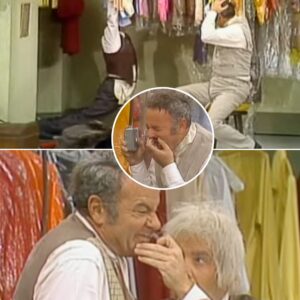The moment that set social media ablaze came years after a very different one. Back in 2017, Travis Kelce took a knee during the national anthem in solidarity with the movement Colin Kaepernick sparked. On October 27, 2025, at Arrowhead Stadium, a new flashpoint arrived—not a protest, but body language. As the anthem played before the Chiefs–Commanders game, cameras panned from a composed Patrick Mahomes to Kelce, hand on heart, bouncing lightly on his feet and tapping his toes—a nervous energy more like pre-game warmups than a national tribute. The side-by-side, amplified by a viral ESPN clip, drew quick judgment. Some viewers called it disrespectful; others said it was overblown, noting he kept his hand over his chest and looked to be staying loose. Within hours, the discourse split along familiar lines: decorum versus routine.
Whatever people thought of the pre-kickoff optics, the conversation shifted once the game began. With Taylor Swift in the stands for a third straight week, Kelce delivered his sharpest performance of the season: six catches, 99 yards, and a third-quarter touchdown that tied Priest Holmes for the most total TDs in franchise history (83). Kansas City rolled to a 28–7 win—its third straight after an 0–2 start—to move to 5–3, a game back of Denver in the AFC West and level with the Chargers. Mahomes was largely clinical, throwing for 299 yards and three scores (with two picks) and adding 30 on the ground. Rashee Rice, fresh off a six-game suspension, caught all nine of his targets for 93 yards and a touchdown. Washington, still without Jayden Daniels, sputtered under Marcus Mariota as the Chiefs defense forced turnovers and sealed it when linebacker Jack Cochrane grabbed his first career interception in the final seconds.
For longtime followers, the dust-up over anthem demeanor inevitably echoed 2017, when Kelce—then one of the first prominent white NFL players to join the anthem protests—knelt during a game against the Chargers. He’d hinted at support on social media at the time, and his quiet decision became part of a broader league-wide moment that pushed the conversation about race, policing, and player protest squarely into the mainstream. Years later, he remains a lightning rod of sorts: performance and symbolism colliding in a league where the spotlight doesn’t switch off when the music stops.





